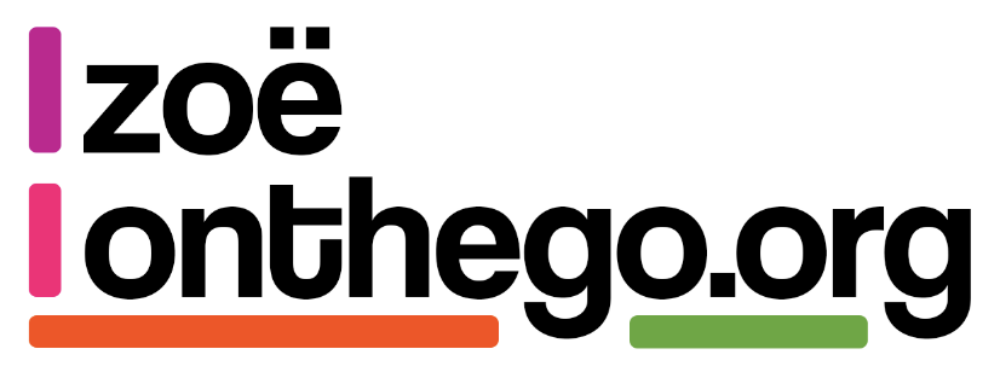The good and the bad.
At Difrent we always talk about our desire to deliver in partnership with out clients. To move beyond the pure supplier and client relationship to enable proper collaboration.
One of my main frustrations when I was ‘client side’ was the amount of suppliers we’d work with who said they would partner with us, but then when the contract started, after the first few weeks had passed and the new relationship glow had faded; the teams and the account managers reverted to type. I can’t recall how many times I had to have conversations at the supplier governance meetings where I was practically begging them to challenge us; to be a critical friend and push for the right thing; to feedback to us about any issues and suggest improvements. It always felt like we were reaching across a gap and never quite making full contact.

As such, that’s one of the areas in Difrent I (and others) are very keen to embody. We try to be true partners; feeding back proactively where there are issues or concerns or where we have suggestions. Trying to foster collaborative ‘one team’ working.
We’ve obviously had more success with this on some contracts vs others. There’s always more we can learn about how to better partner with our clients; however; given we see a lot of complaining about strained partnerships between clients and suppliers; I thought I’d do a bit of a case study/ reflection and praise of one partnership we’ve been working on recently.
Difrent won a contract with the Planning Inspectorate last year, and it was the first completely remote pitch and award we’d been involved with on a multi million pound contract.
From the start of the procurement it became really clear that the Planning Inspectorate wanted a partner; that this wasn’t just lip service, but something they truly believed it. As part of the procurement process they opened up their github so we could see their code; they opened up their Miro so we could see their service roadmap, they proactively shared their assessment reports with suppliers etc.
For us this made not only a good impression, but enabled us to develop a more informed and valuable pitch.
Since we put virtual feet in the virtual door that dedication to partnership has remained as true 6 months later as it was then. Outside of our weekly governance calls we’ve had multiple workshops to discuss collaboration and ways of working. We’ve had multiple discussions on knowledge transfer and reflecting on progress and ways to iterate and improve.
Where there have been challenges we’ve all worked hard to be proactive and open and honest in talking things through. They’ve welcome our suggestions and feedback (and proactively encouraged them) and been equally proactive on giving us feedback and suggestions.
This has helped us adapt and really think about how we do things like knowledge transfer, always challenging (especially remotely), but something we’re passionate about getting right. We’ve all worked so hard on this, so much so that it’s become on of the core bits of our balanced scorecard; ensuring they as a client can measure the value they’re getting from our partnership not just through our outputs on the projects we’re working on, but our contributions to the organisation as a whole; which is also really helpful for us to be able to help us analyse and iterate our ‘value add’ to our partners; and ensure we’re delivering on our promises.
I think there is a lot of learning for other Departments/ ALB’s out there looking to procure digital services or capability on how a good partnership with a supplier needs to start before the contract is signed.

Thanks to Paul Moffat and Stephen Read at the Planning Inspectorate for helping with this blog – demonstrating that partnership in action!
